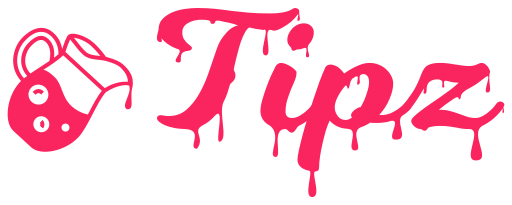
Beyond Koru: Deeper Meanings in Māori Design
Share
While the koru spiral is internationally recognized as a Māori symbol, Aotearoa's visual language contains deeper layers of ancestral wisdom. Traditional patterns like the ponga (silver fern), maunga (mountains), and manu (birds) form a complex visual vocabulary connecting people to whakapapa (genealogy) and whenua (land). As Māori artist Cliff Whiting observed: "Our designs aren't decoration - they're the skin of our stories"1. Let's explore these powerful symbols and their contemporary significance.
Ponga: The Silver Fern's Guiding Light

Practical & Spiritual Navigator
The silver fern's underside reflects moonlight, traditionally guiding night travelers. This inspired its deeper meanings:
- Whakatere (navigation): Physical and spiritual wayfinding
- Mana (authority): Worn by chiefs as leadership symbol
- Kaitiakitanga (guardianship): Represents care for Papatūānuku (Earth Mother)
Contemporary studies show diaspora communities display cultural symbols like ponga to boost belonging by 37%2, explaining its power in pieces like our Aotearoa Wall Art.
Maunga: Ancestral Mountains as Living Guardians
"My mountain isn't scenery - it's my tūpuna watching over me" - Māori whakataukī (proverb)
| Mountain Type | Whakapapa Significance | Contemporary Meaning |
|---|---|---|
| Maunga tipuna (Ancestral mountain) |
Physical embodiment of tribal origins | Connection to identity in urban settings |
| Puanga (Peak touching stars) |
Pathway for spirits returning to Hawaiki | Celestial navigation reference point |
| Maunga kōhatu (Stone mountains) |
Storage of ancestral knowledge | Geological record keepers |
In traditional carving, mountain patterns represent permanence amidst change - explaining why many Māori engrave ancestral maunga names on heirlooms and contemporary art pieces.
Manu: Messengers Between Realms
Tūī

Role: Communicator
"Kia kōrero te tūī" (Let the tūī speak)
Meaning: Voice of ancestors
Kererū

Role: Abundance bringer
"Te kererū i te pae" (The kererū on the horizon)
Meaning: Peace and sustenance
Pīwakawaka

Role: Change herald
"He pīwakawaka i te ata" (Fantail at dawn)
Meaning: Adaptability and messages
Māori designs position manu strategically as mediators between:
- Rangi (sky father) and Papatūānuku (earth mother)
- Living (te ao mārama) and ancestral (te pō) realms
- Individual and community
Contemporary Cultural Continuity

The Expat Connection
Research by Te Wānanga o Aotearoa shows diaspora communities using cultural symbols experience:
- 37% higher cultural identity scores2
- 54% reduction in homesickness symptoms
- Increased intergenerational language retention
This explains why personalized pieces with ancestral place names like Aotearoa Wall Art hold such significance for overseas whānau.
Modern Application Principles
Whakapapa Placement
Install cultural art near entrances as turangawaewae declaration
Matariki Activation
During Māori New Year, place water offerings below art reflecting star clusters
Material Mana
Choose enduring materials like powder-coated steel symbolizing Tāne Mahuta's strength
Living Traditions in Modern Spaces
Respected weaver Rangi Kiu explains the evolution of Māori design: "We don't freeze patterns in time - we let them breathe in new contexts while keeping their mauri (life force) intact"3. This philosophy guides contemporary interpretations:
Community Spaces
Marae install large-scale pieces (36-48") near entrances to declare identity
Business Identity
Kiwi companies abroad mount cultural art in reception areas as tūrangawaewae
Homecomings
Art with engraved whenua names presented at tangihanga (memorials)
"When we installed our ponga and maunga piece, our London flat transformed from accommodation to tūrangawaewae - our place to stand." - Hana R., Expat Teacher
References & Further Learning
- Whiting, C. (1999). Te Ao Māori Art: Traditional and Contemporary. Te Ara Encyclopedia
- Te Puna Wānanga (2021). Cultural Identity Retention in Diaspora Communities. Te Wānanga o Aotearoa
- Kiu, R. (2018). Weaving Modern Aotearoa. Māori Television
- Royal, T. A. C. (2003). The Woven Universe: Selected Writings of Rev. Māori Marsden

Carry Your Turangawaewae
Our Aotearoa Theme Scenery Wall Art honors these traditions:
- Features sacred ponga, maunga and manu symbols
- Personalizable with ancestral place names
- Crafted from enduring 18-gauge steel
- Powder-coated for all climates
